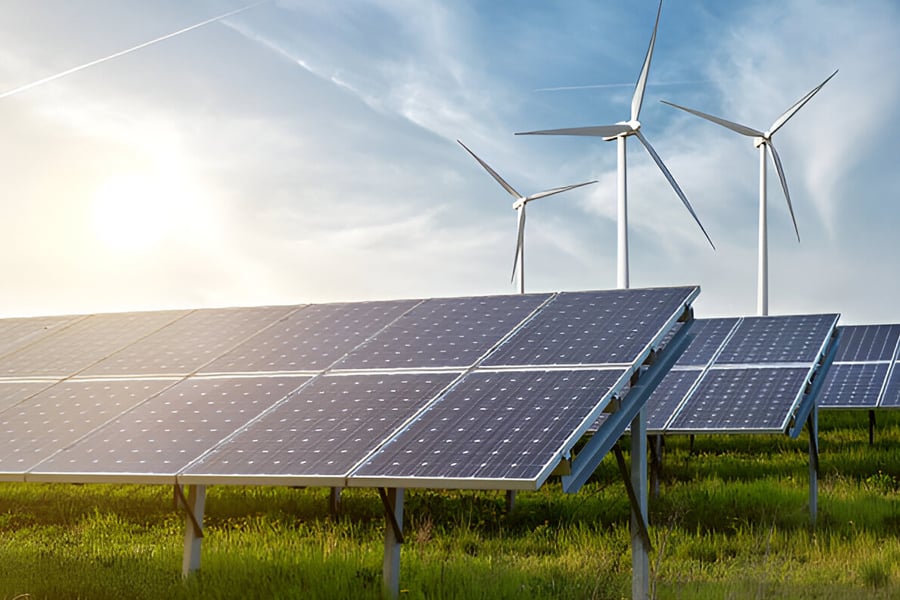An essential component for any solar photovoltaic (PV) system, a solar string cable is a power cable that connects the PV panels in a series. These cables are essential for transmitting the DC power generated by the panels to the inverter and converting it to AC power that can be used in homes and commercial establishments.
Types of Solar String Cables
There are two types of solar string cables - single-core and multi-core. Single-core cables consist of a single conductor encased in a PVC insulation material, whereas multi-core cables have multiple cores, each insulated and enclosed in a single sheath. Multi-core cables are more durable and can transmit more energy than single-core cables.
Factors to Consider When Choosing a Solar String Cable
Several factors need to be considered when selecting a solar string cable, such as the length of the cable, the expected energy output of the PV system, and the environmental conditions where the cable will be installed. Generally, it is advised to choose a cable with a lower DC voltage rating than the expected output in watts.
Installation of Solar String Cables
The installation of solar string cables is a relatively straightforward process. The cables are usually laid out in a straight line or in a series of parallel lines on the rooftop or ground, depending on the solar panel placement. They are then connected to the panels and inverters, and inspected for any damage or defects in the insulation or sheathing.
Maintenance and Replacement of Solar String Cables
Solar string cables require minimum maintenance and can last for up to 25 years if installed correctly. However, they need to be periodically inspected for any wear and tear, especially in areas where there is excessive exposure to sunlight, wind, and moisture. If any damage is found, the cable needs to be replaced immediately to prevent any energy loss or electrical hazards.
Advantages of Using Solar String Cables
Solar string cables offer several advantages over traditional copper cables. They are lighter, more flexible, and easier to install. They have less energy loss and resistance, resulting in higher energy efficiency and cost savings. They are also weather-resistant and safer, as they are insulated and do not pose any electrical shock hazards.
Disadvantages of Using Solar String Cables
The only major disadvantage of using solar string cables is that they are relatively more expensive than traditional copper cables. However, their long-term energy efficiency and cost savings offset the initial installation costs, making them a sound investment for any solar PV system.
Future of Solar String Cables
As solar PV systems become more affordable and popular, the demand for solar string cables is also expected to increase. The development of new technologies and materials is making cables more efficient, durable, and affordable, leading to the growth of the solar industry in developing countries and remote areas.
Conclusion
In conclusion, solar string cables play a critical role in the efficient and safe functioning of any solar PV system. By transmitting the DC power generated by the panels to the inverter, they help convert it into usable AC power. Understanding their different types, installation requirements, and maintenance needs will help users make informed decisions and ensure maximum energy efficiency and cost savings.
Quote Inquiry
Contact us

